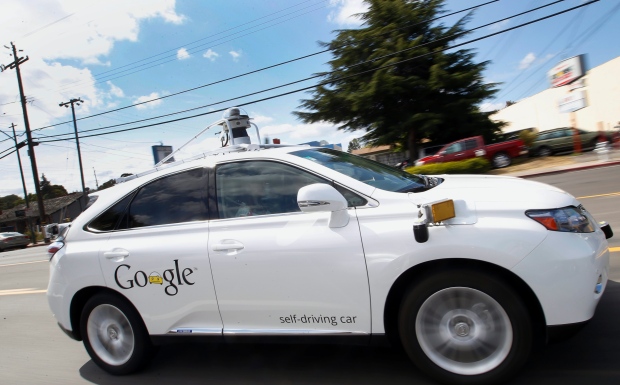Self driving cars have been one of the forefront tech breakthroughs of 2015, with California-based web giant Google leading the charge. It’s an innovation that is meant to promote safe, accident-free driving, but one day these vehicles may be programmed to commit minor offences — in order to avoid trouble on the road.
A recent report from The Kansas City Star states that the accident rates for driverless vehicles are “twice as high” when compared to regular cars, and that Google’s cars have been in “17 minor crashes” during the testing period.
The report also notes that it’s not always the driverless vehicle that is at fault — rather, they’re the ones that are hit from the rear, because human drivers aren’t ready to react to a car that consistently follows the rules.
Fast and sort-of furious
Solution? Make them more aggressive. As noted by Raj Rajkumar — co-director of the GM Collaborative Research Lab — the main problem with Google’s self driving cars is speed. “It’s a constant debate inside our group,” he said, “when you go out and drive the speed limit on the highway, pretty much everybody on the road is just zipping past you. And I would be one of those people.”
Self driving cars aren’t so carefree however, and in such a situation they would obey the speed limit — causing a pile-up. Google is reportedly working to make the vehicles behave more like humans, so they have an easier time fitting into the flow of traffic.
Google first started developing its self driving car project in 2009, using the Toyota Prius on California freeways. In 2012, one of the vehicles successfully drove near-blind Steve Mahan to his home — taking him to a restaurant and a dry cleaning store along the way.
In other recent news, it is rumored that Google and car manufacturer Ford are in talks regarding the next-generation of self driving cars.



